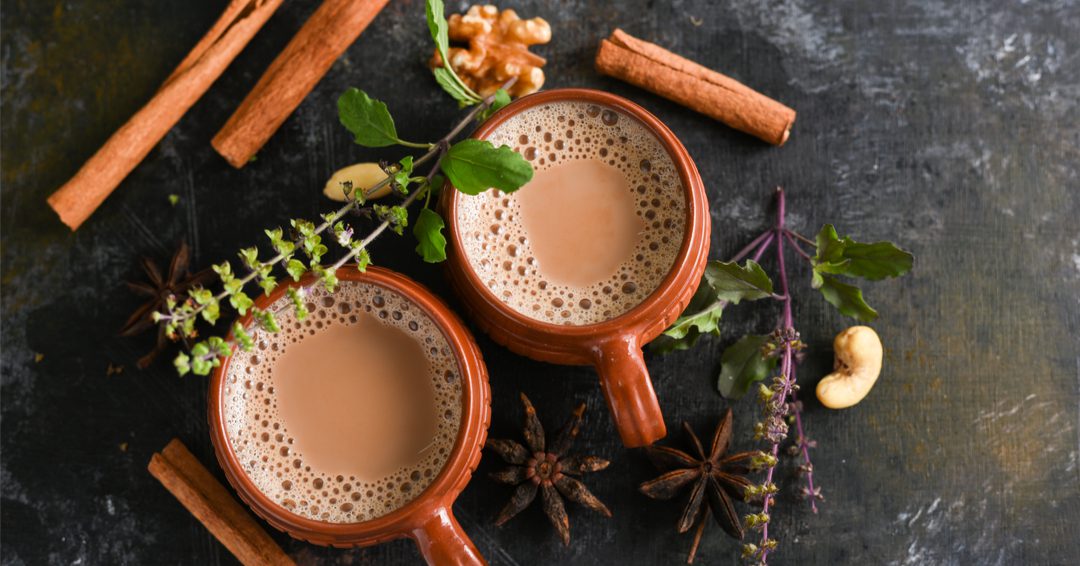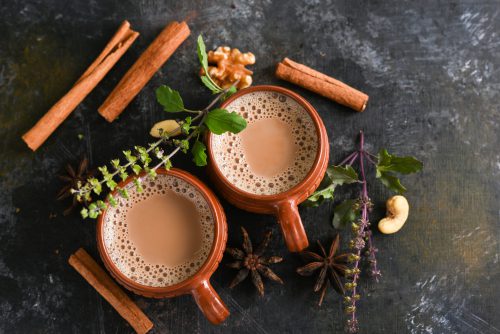(Remya Lakshmanan and Aarushi Aggarwal are researchers with the Strategic Investment Research Unit of Invest India. The article first appeared in The Print on October 8, 2021)
- Since it was first introduced to the rolling hills of Assam in the 1830s, tea has come to occupy centre stage in Indian culture—it facilitates mid-day motivation, conversations and every social gathering. Brought from China to India by the British, the beverage has found an important home in its adopted country where, at present, there are over 1,585 tea gardens and a workforce of more than 1.1 million people. The infamous masala chai—Indian-style boiled tea made with milk, sugar and ginger—consumed anywhere in the world is associated only with India. And now, also, the controversial chai tea latte. Yet, India does not have the largest share of the global tea market. India is the world’s second-largest producer of tea after China. Eighty-nine per cent of the tea produced domestically is consumed (1,145 million kg in FY2021) in the country itself. Tea worth $704.36 million was exported overseas in FY21; Russia, Iran, UAE, the US and China are leading markets for export of Indian tea where flavours like Assam, Darjeeling and Nilgiri—among the finest in the world, recognised for their strong flavours and intense aromas—are popular. Despite this reputation, India has not been able to capitalise on its potential for tea export; it is the fourth-largest exporter (11 per cent of global exports) after Kenya (28 per cent), China (19 per cent), and Sri Lanka (14 per cent). A variety of reasons such as lack of access to capital, inefficient supply chains and non-adaptability to changing trends and technologies can be held responsible…
Also Read: Air India is back with the Tatas. But what next? : Coomi Kapoor


